Mainarde. Autumn landscape. Foliage
2023
You may also like
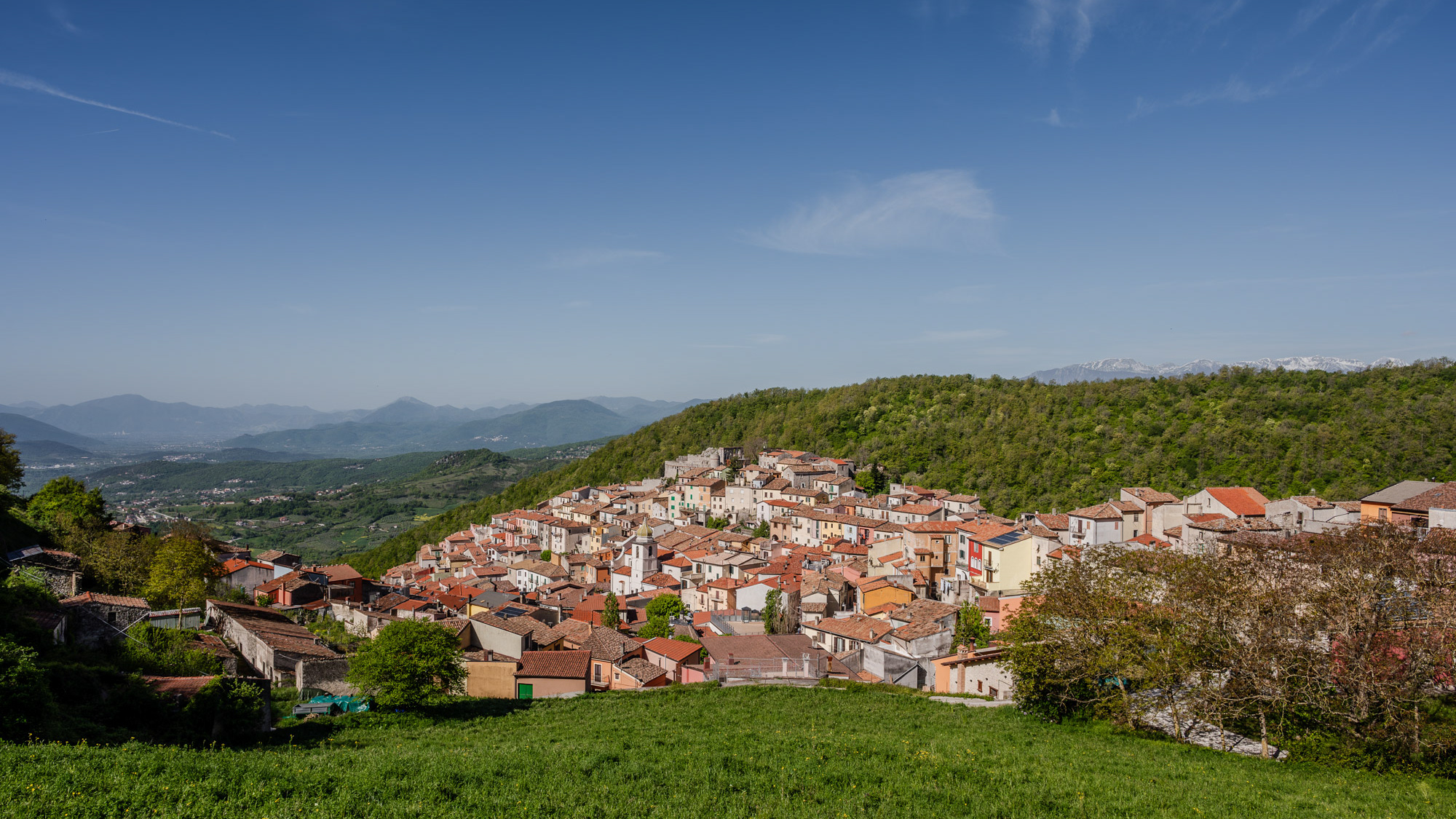
2024
Miranda 2024
Miranda is an Italian municipality of 952 inhabitants in the province of Isernia in Molise. A first settlement of the current municipality probably dates back to the 11th century, as evidenced by the Norman facies of the castle that stands on the previous promontory, of which however few survive architectural elements. The original nucleus of the town is structured around it, interspersed with various walls that identify the subsequent residential layers built starting from the primary fortress. The scant documentation relating to the Miranda fiefdom testifies to a frequent transfer of ownership between various noble families, including the Di Somma Neapolitans, whose family coat of arms consisting of two towers standing on the seabed is still the official symbol of the municipality today.
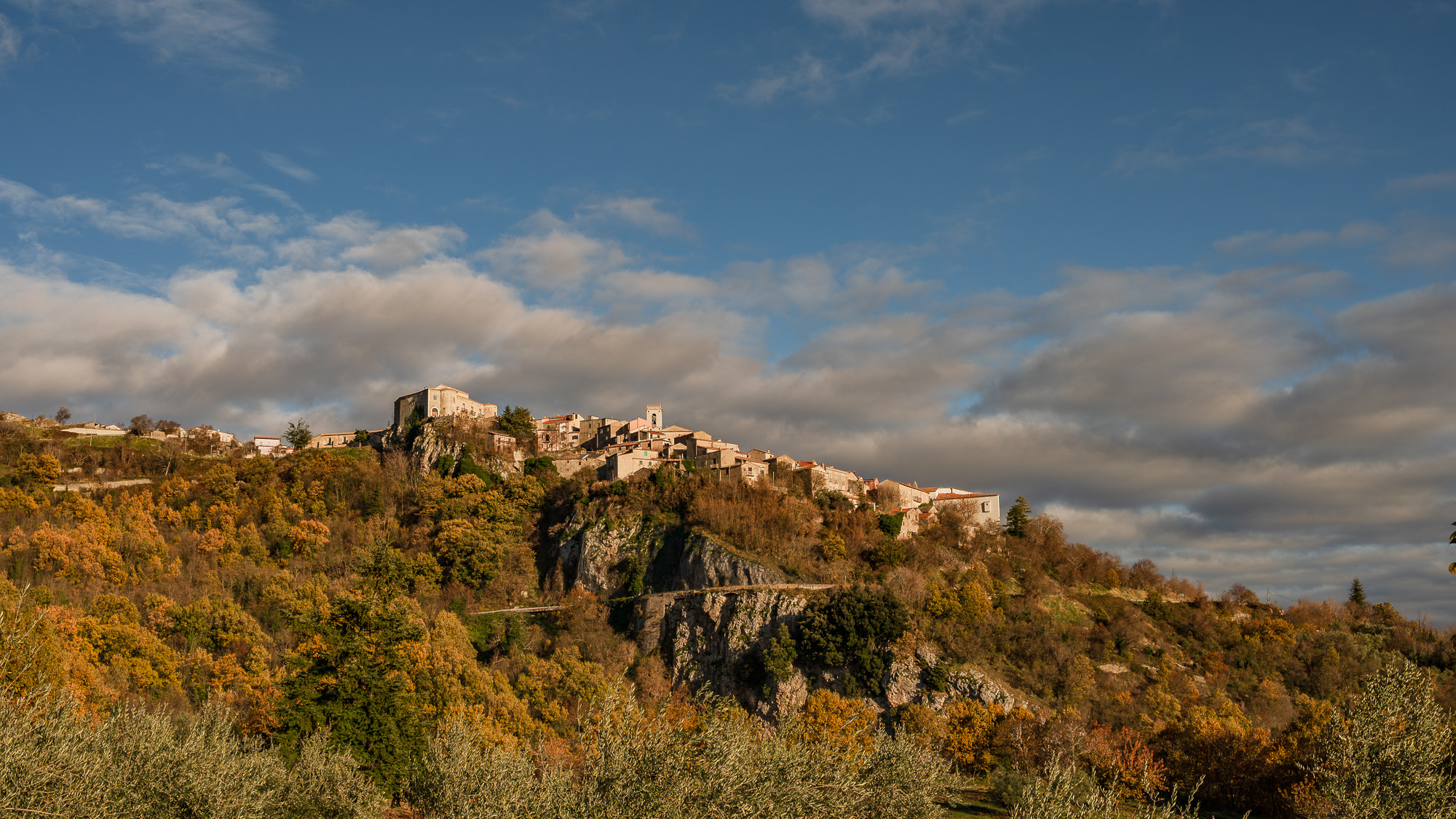
2024
Macchiagodena. Glimpses of autumn.
Macchiagodena is an Italian municipality of 1,648 inhabitants in the province of Isernia in Molise.
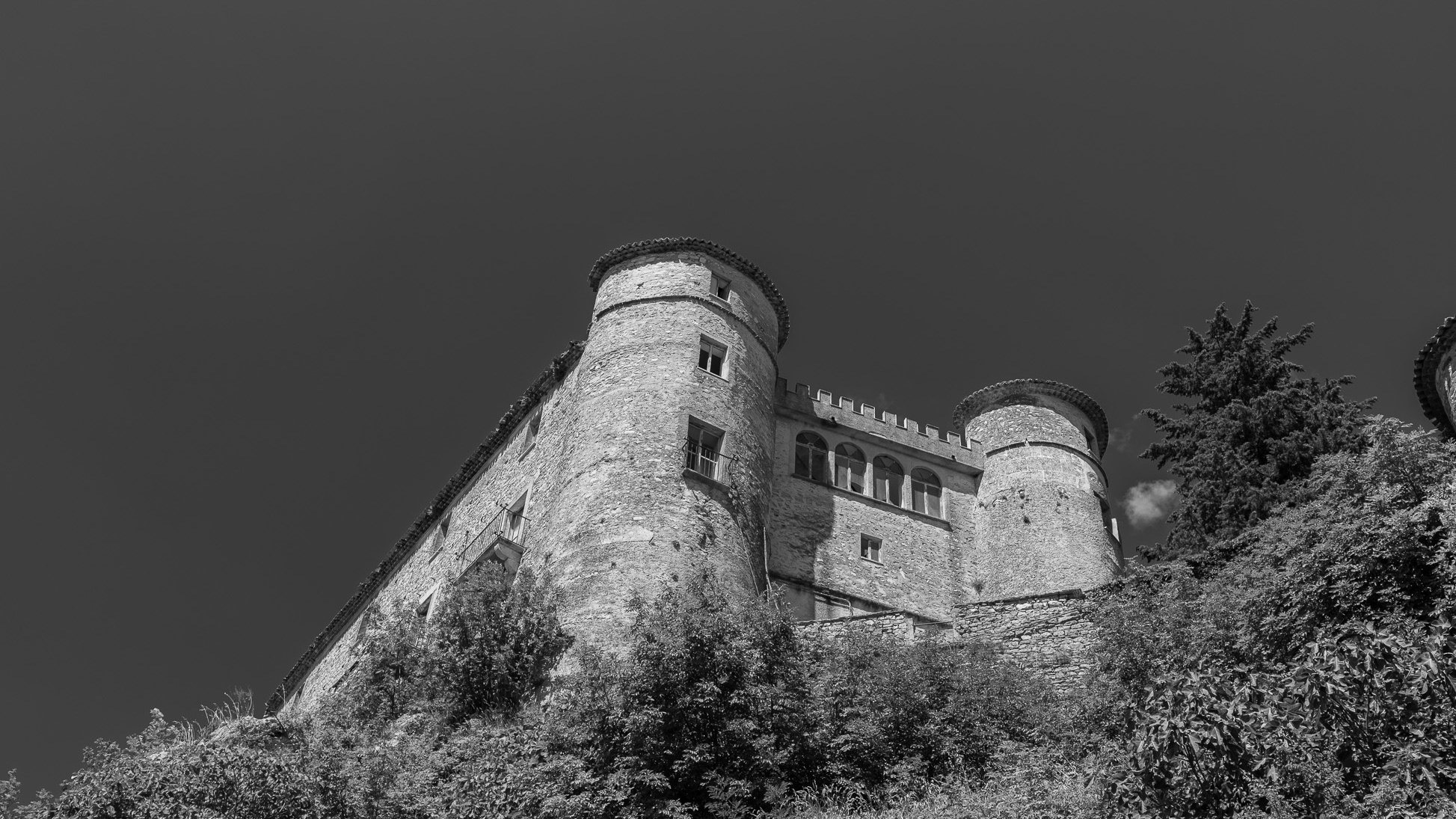
2022
Carpinone. Caldora castle.
The castle was built in the 11th century, in the shape of an irregular pentagon, bordered by 5 towers, above the ravine overlooking the Carpino river. In 1223 it was destroyed by Ruggero da Pescolanciano.
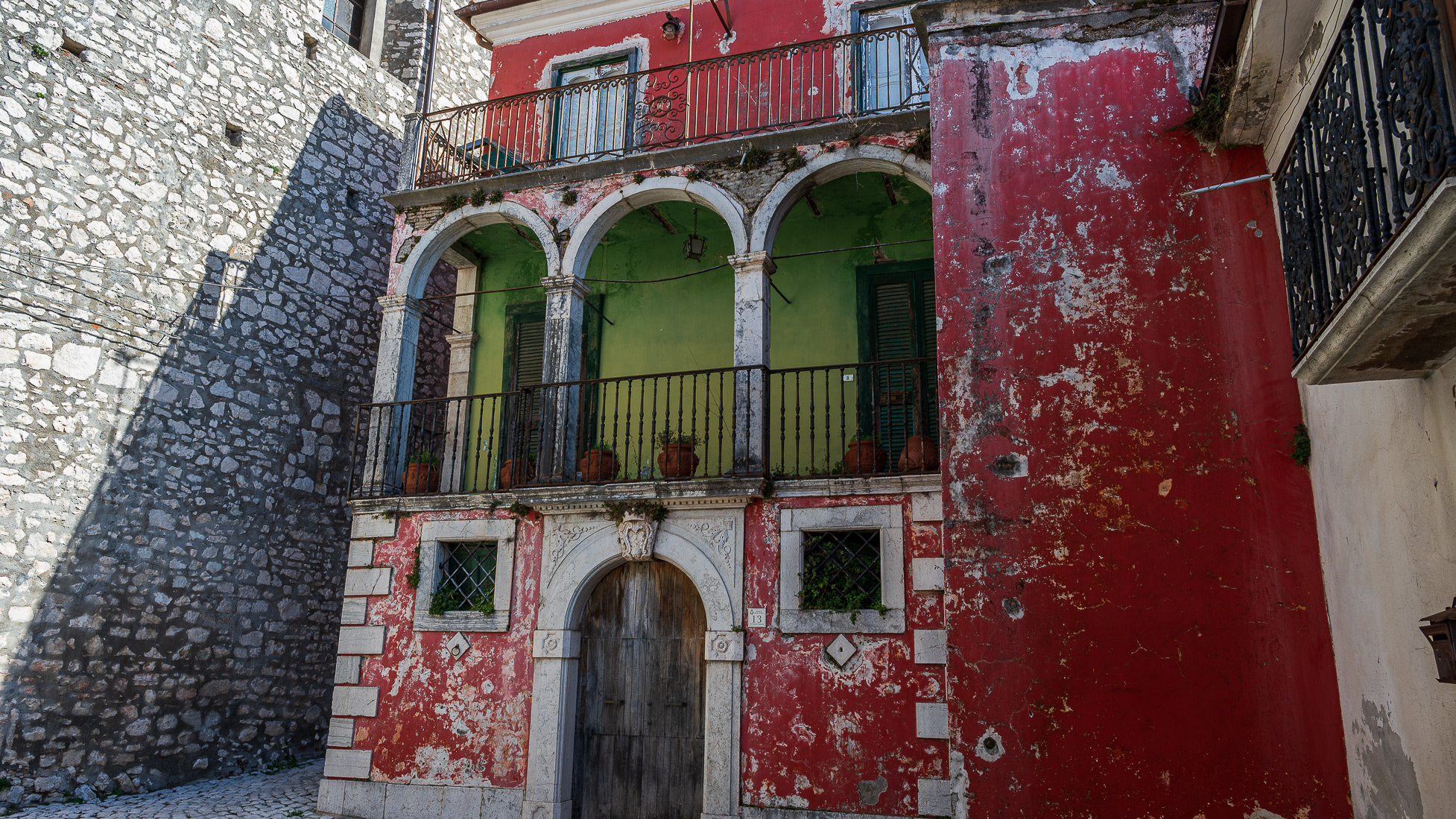
2023
Macchia d'Isernia. Glimpses and panoramas
Macchia d'Isernia is an Italian town of 1,008 inhabitants in the province of Isernia in Molise. The most important monuments are the baronial castle D'Alena and the church of San Nicola di Bari.
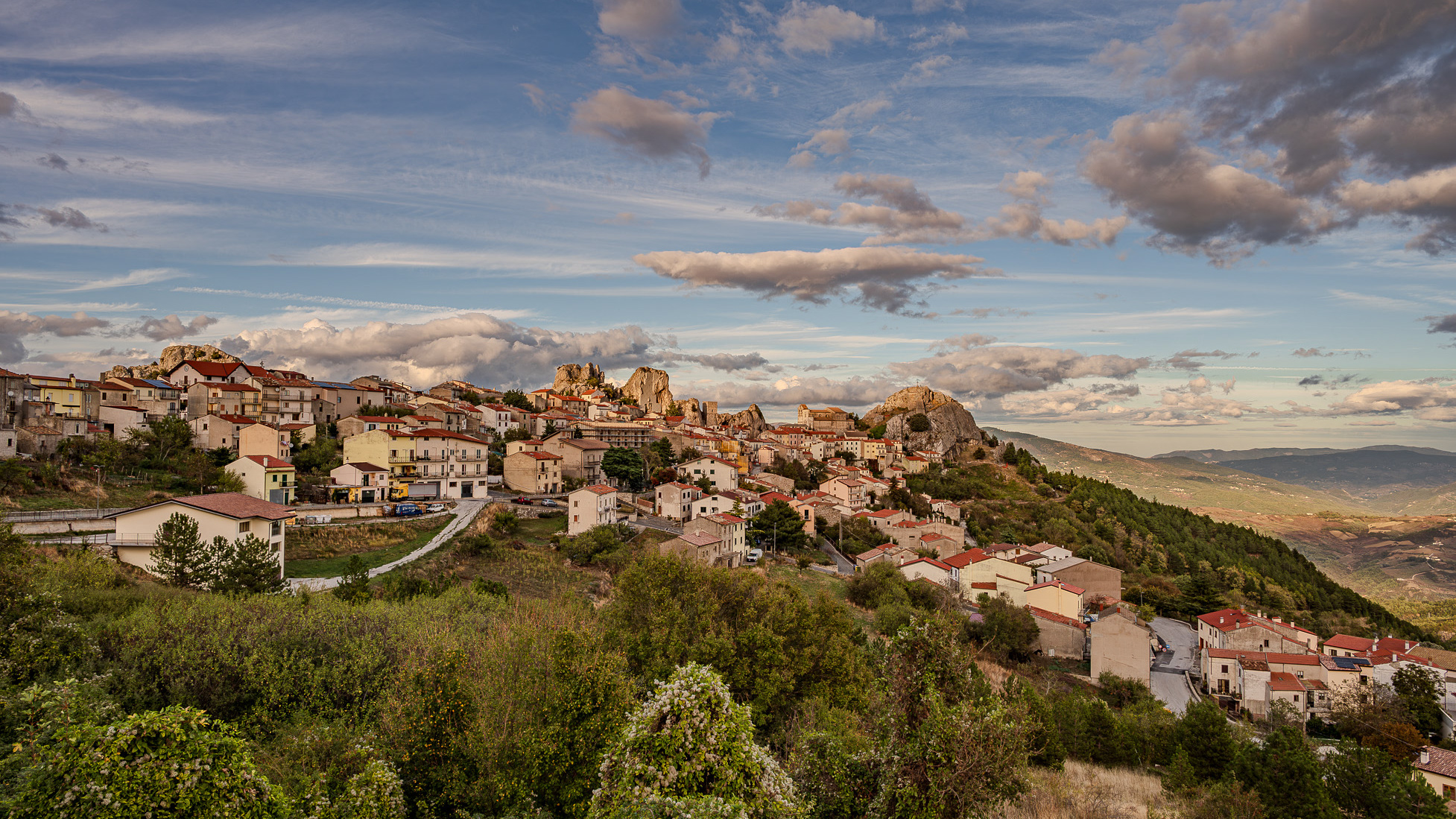
2023
Pietrabbondante. Panorama
2023
Castelpetroso, The Sanctuary. Via Matris
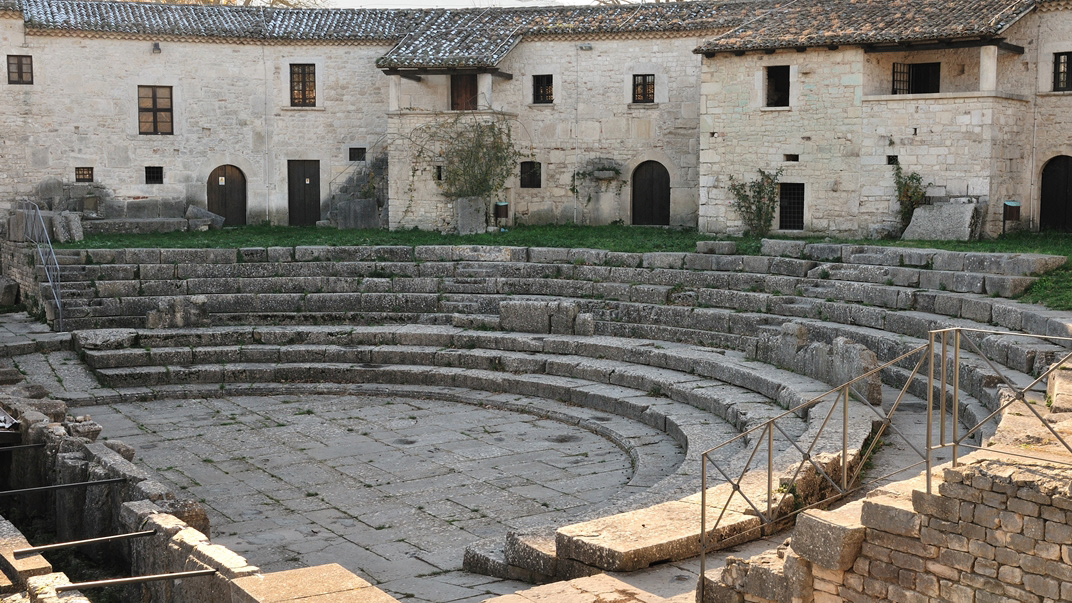
2010
Sepino (CB) - Saepinum
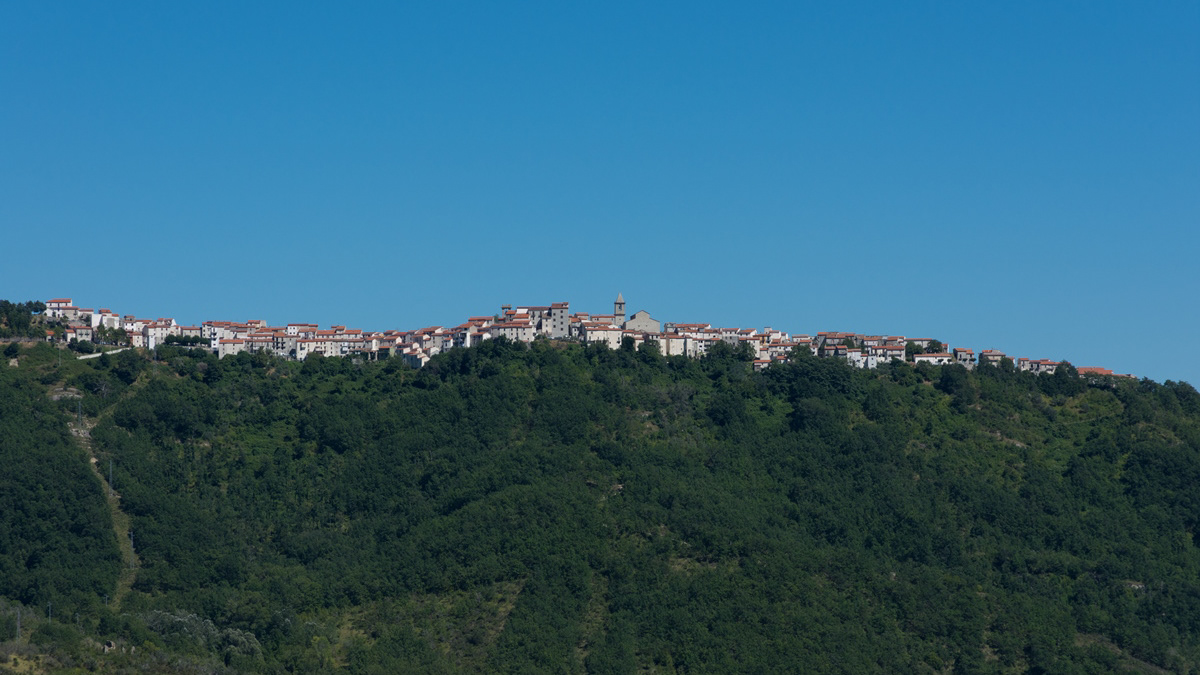
2016
Poggio Sannita (IS)
Poggio Sannita (Caccavone in dialetto poggese) è un comune italiano di 639 abitanti della provincia di Isernia in Molise.
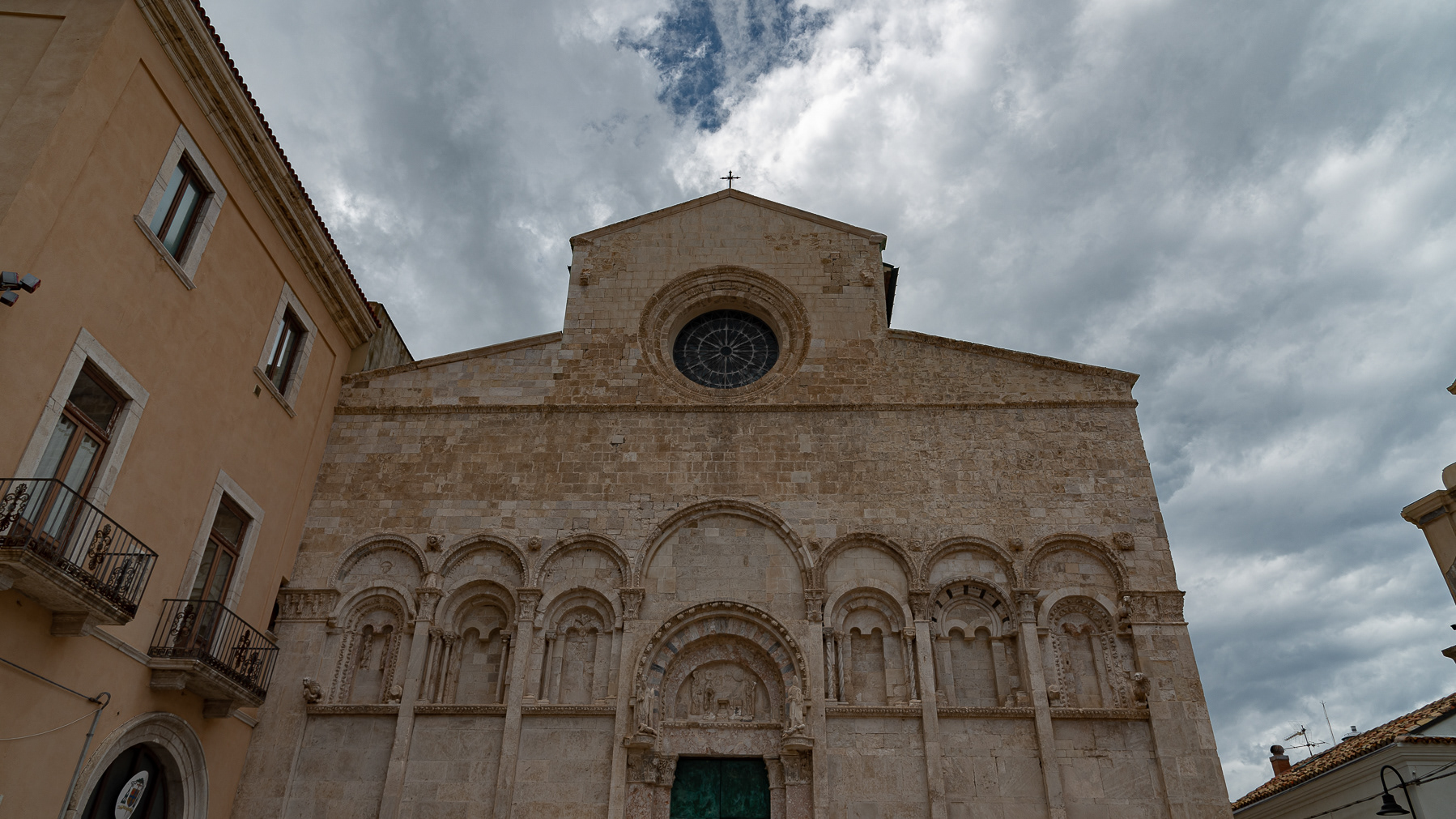
2021
Termoli, la Cattedrale di S. Maria della Purificazione
Di notevole interesse architettonico è la cattedrale in stile romanico pugliese dove sono conservati i corpi dei santi patroni della città, Basso e Timoteo. Costruita nel punto più alto del promontorio termolese, ha uno sviluppo longitudinale ed è divisa in tre navate. È difficile stabilire la data di costruzione della basilica; alcuni elementi, però, farebbero pensare alla presenza di una cattedrale già nel IX-X secolo. La facciata della chiesa può essere idealmente (e anche materialmente) divisa in due parti: quella inferiore e quella superiore in netto contrasto tra loro.
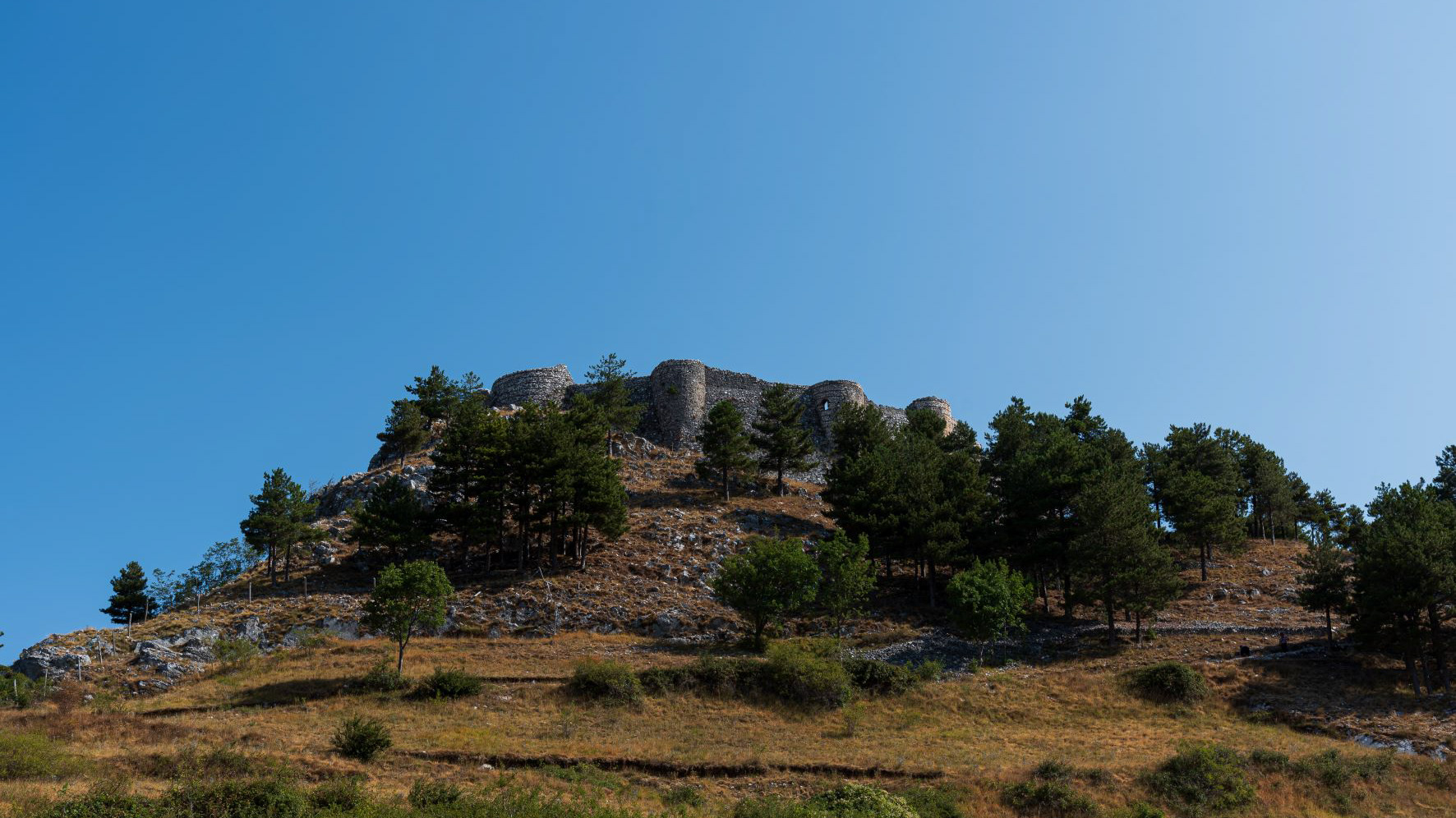
2021
Roccamandolfi. The Norman Longobard Castle
On the top of the hill on which the town is built there are the ruins of a Norman castle built on a pre-existing Lombard fortress, the subject of studies even in recent times.
